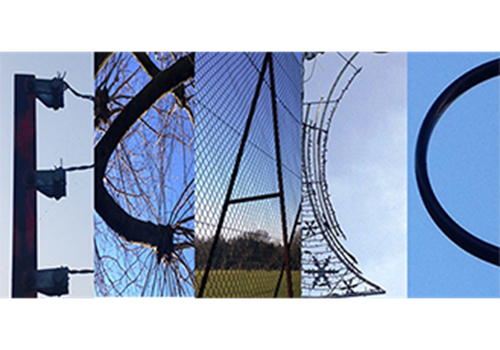ECACC cell lines in research: 2016

A review of 80 scientific publications citing the use of ECACC cell lines, published on line during 2016, emphasises the value of cell lines as tools in our quest to understand and combat human diseases. The use of 88 different ECACC cell lines was cited by authors affiliated to organisations in 36 countries, with significant focus on the pathogenesis and treatment of human cancers.
The most commonly used cell lines, MCF-7, HeLa and HEK293, are all long-established and widely available. However, several studies used cells accessible exclusively from ECACC, such as the human epithelial ovarian cancer cell line, A2780, and its cisplatin and adriamycin resistant derivatives, A2780-cis and A2780ADR. Epithelial ovarian cancer is the leading cause of death from gynaecological malignancies and current treatment includes aggressive surgery1. One group in China reported a potential therapeutic target for future treatment of ovarian cancer2, whilst another in the Czech Republic used A2780 in a panel of cell lines used to evaluate potential anti-tumour agents, succeeding in identifying candidates to be considered for further preclinical testing3. A group in Switzerland used A2780 to demonstrate that nuclear magnetic resonance spectroscopy provides a valuable tool for assessing phosphate sugars in biopsies, which could shed light on tumour physiology4.
Recognising that non-specific distribution of chemotherapeutic agents is one of the major limitations of cancer chemotherapy; scientists in India evaluated modified nanoparticles using three ECACC cancer cell lines: MCF-7, MDA-MB-231 and Mia-Pa-ca-2. They concluded that the modified nanoparticles show promise as carriers for site-specific anti-cancer drug delivery5.
The deleterious effects of lifetime exposure to ultraviolet radiation have become increasingly apparent and numerous sunscreen and skincare products have been developed to help reduce the occurrence of sunburn, photo-ageing and skin cancers. A group of UK scientists assessed aqueous root extracts of two plants that had been grown hydroponically, Althea officinalis and Astragalus membranaceus. They reported that the extracts from both plant species significantly reduced UVA-induced DNA damage in two ECACC cell lines, MRC-5 (foetal lung fibroblasts) and 84BR (human skin fibroblasts), identifying that these extracts may have potential for inclusion in future dermatological formulations6.
Evaluation and understanding of the health effects of tobacco continue to be of major worldwide interest and scientists in France used ECACC human bronchial epithelium BEAS–2B cells to investigate whether cigarette smoking alters the profiles of extracellular vesicles in human bronchoalveolar lavages, concluding that smoking does cause changes to these profiles7.
Other diseases apart from cancer were also targeted and scientists in the Czech Republic and UK collaborated in using ECACC CHO-K1 cells to evaluate a potential new treatment for Alzheimer's disease (AD). There are only limited drugs for combatting AD, characterised by a progressive impairment of cognitive functions, so new approaches are essential8.
ECACC cell lines are often used to culture viruses. An understanding of virus replication cycles and virus-host cell interactions are crucial for developing strategies for producing vaccines. A group in Germany analysed influenza virus replication in ECACC MDCK cells, identifying two stages in the replication cycle that might limit cell-specific virus yields in vaccine manufacture. The authors note that identification of rate-limiting steps might not only support the optimisation of vaccine manufacturing but also provide promising targets for the development of new antivirals9.
Ask the experts
ECACC is curated by a team of cell culture scientists who can advise on the use of cell lines in research and also provide training courses on good cell culture practice. Please contact us if you need any advice about the use of ECACC cell lines in research.
